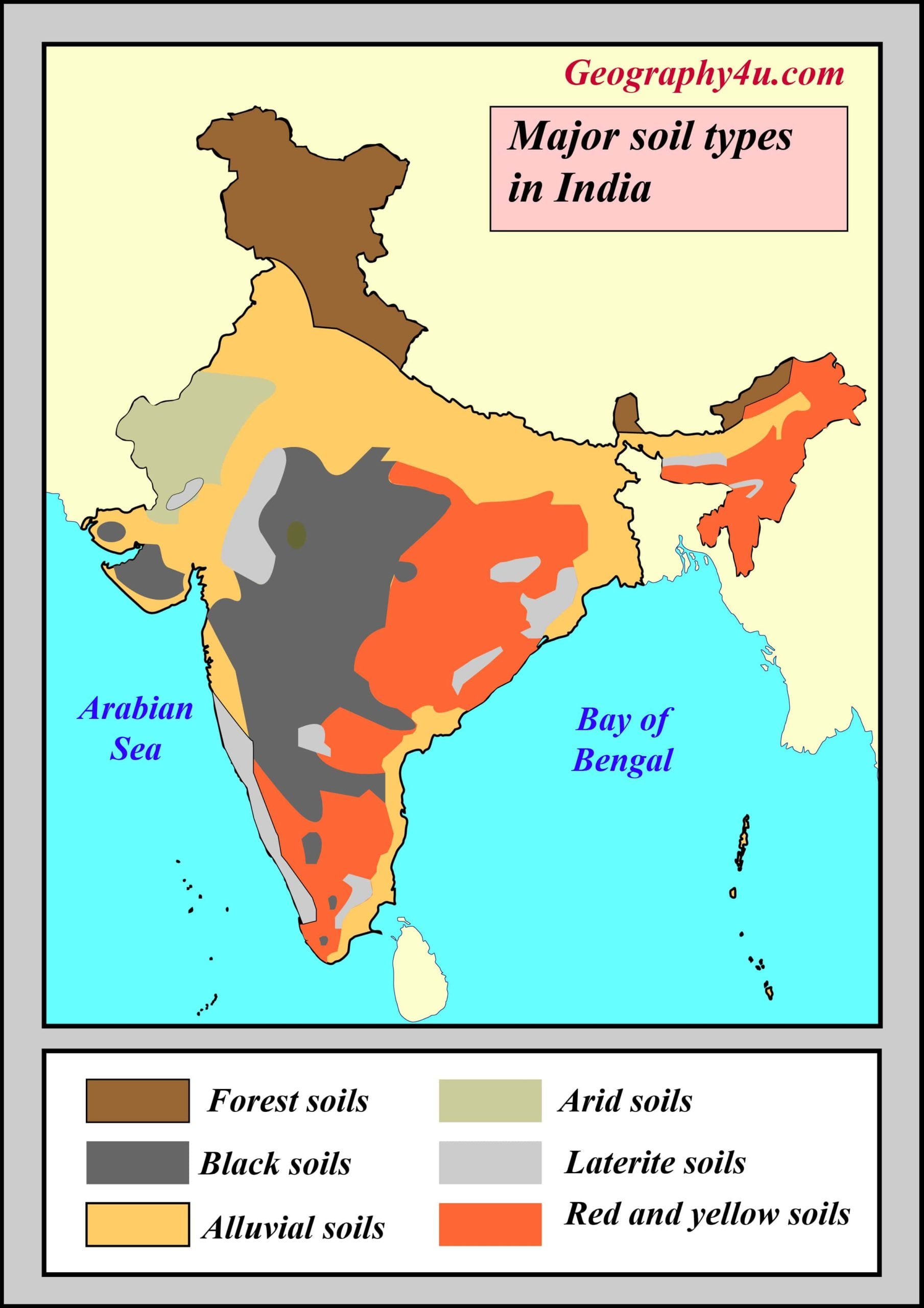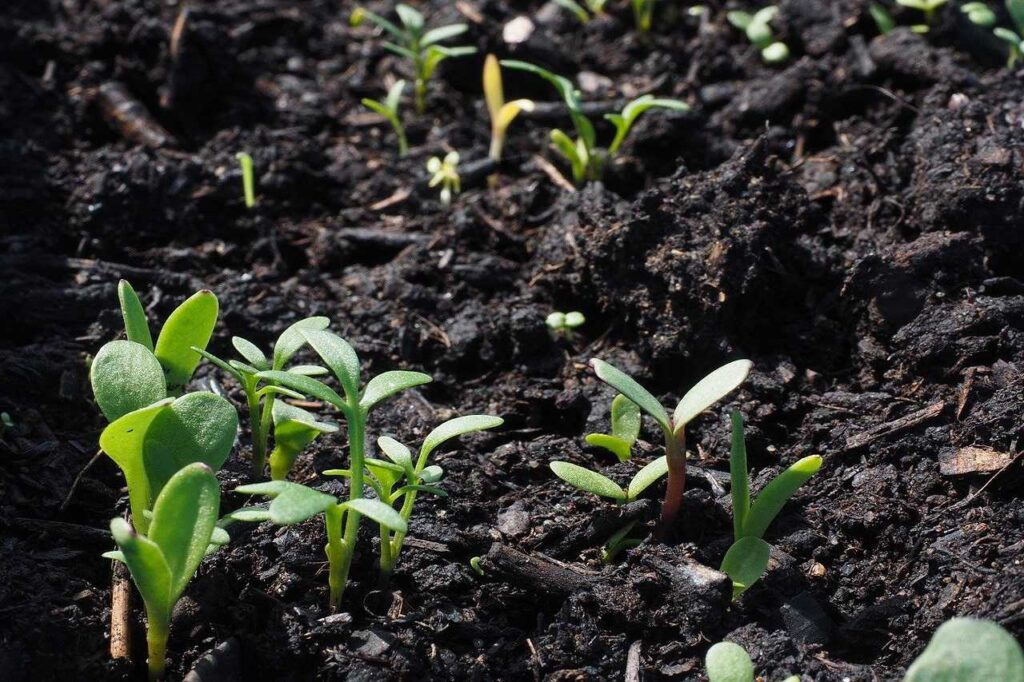Soils Of India Presentation
| Introduction to Soils of India | ||
|---|---|---|
| Soils of India are diverse and varied, reflecting the country's diverse geography and climate. India has a total of 8 major soil types, including Alluvial, Black, Red, Laterite, Desert, Arid, Saline, and Peaty soils. These soils play a crucial role in agriculture, supporting the country's large population and contributing to its economy. | ||
| 1 | ||
| Alluvial Soils | ||
|---|---|---|
| Alluvial soils are the most extensive and fertile soils in India. They are formed by the deposition of silt, clay, and sand by rivers and are found in river valleys and deltas. Alluvial soils are ideal for agriculture and are highly suitable for growing crops like rice, wheat, sugarcane, and cotton. | ||
| 2 | ||
| Black Soils | ||
|---|---|---|
| Black soils, also known as Regur soils, are found in the Deccan plateau region of India. They are rich in clay and have a high moisture-retaining capacity. Black soils are highly fertile and are known for their ability to support the growth of crops like cotton, sugarcane, and tobacco. | ||
| 3 | ||
| Red Soils | ||
|---|---|---|
| Red soils are found in the southern and eastern parts of India, covering states like Tamil Nadu, Karnataka, and Odisha. They are formed through weathering of ancient crystalline rocks and are rich in iron oxide. Red soils are generally poor in fertility but can be suitable for growing crops like millets, pulses, and oilseeds with proper soil management techniques. | ||
| 4 | ||

